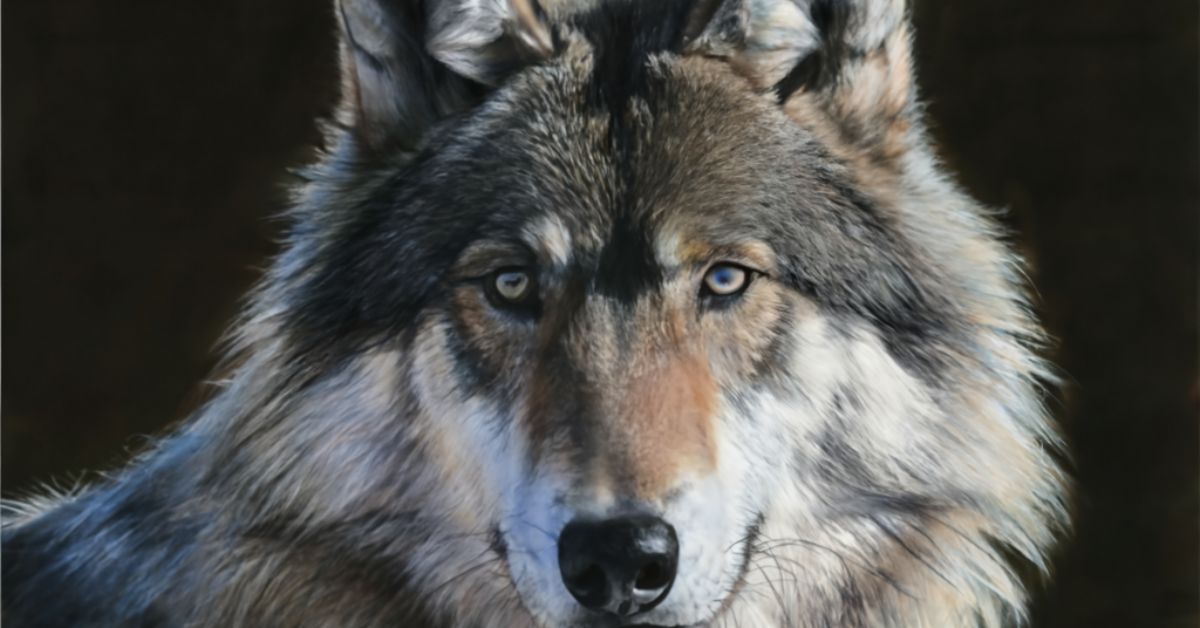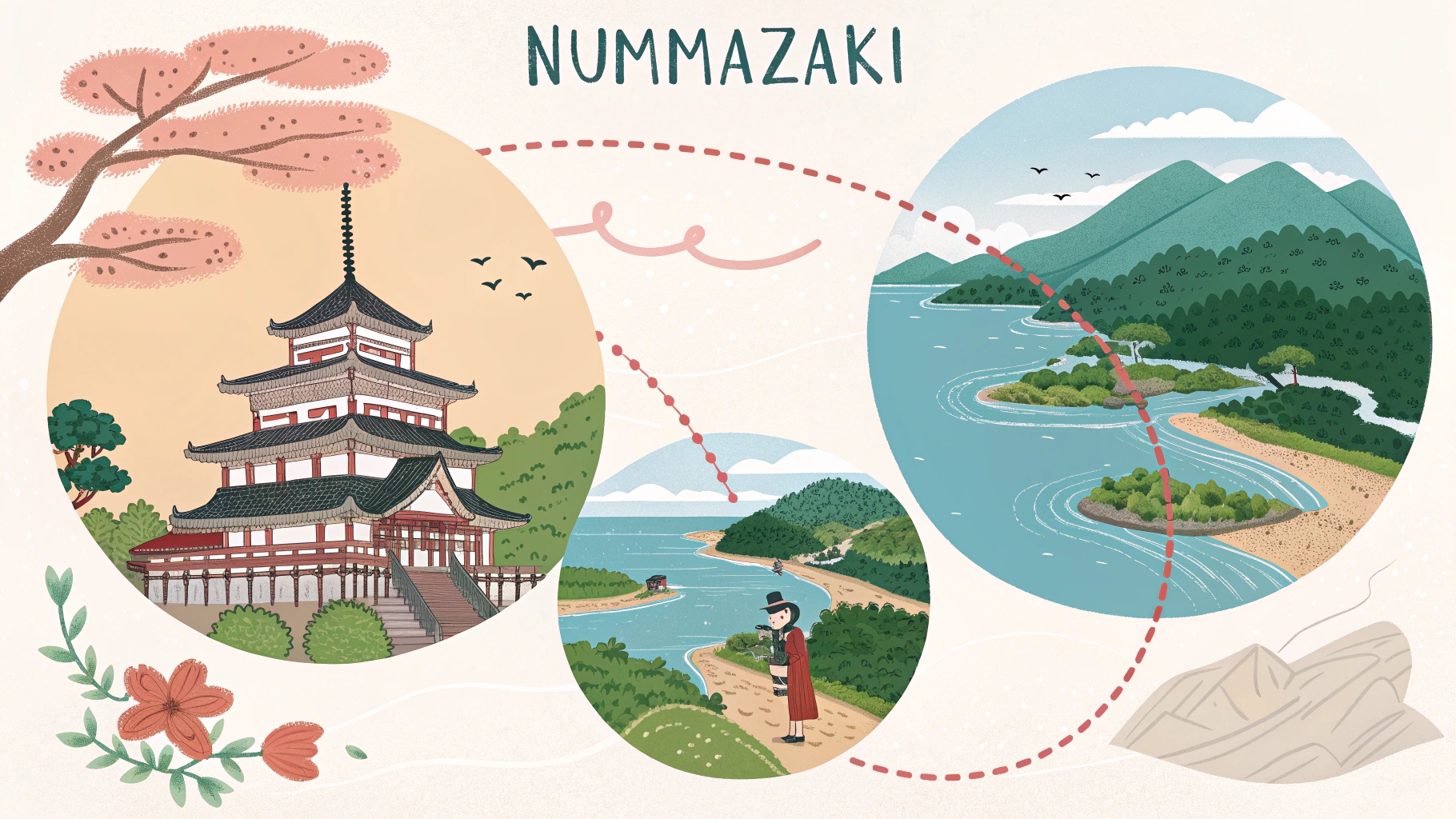Wolves have captivated human imagination for centuries, embodying mystery, power, and the wild. Their presence in art is equally enchanting, as artists capture the essence of this majestic animal.
Creating a wolf drawing is an immersive process that combines an understanding of anatomy, texture, and expression. Artists often study the anatomy of wolves to achieve realistic proportions and features.
This article explores various facets of creating wolf art, including techniques, symbolism, and steps to bring a wolf illustration to life.
How should I start drawing a wolf?
Start by sketching basic shapes, like circles and ovals, to outline the wolf’s head, body, and limbs, establishing a solid framework for your drawing. These simple forms act as guides, helping you maintain the wolf’s natural proportions and overall structure as you refine the image. Begin with light, loose strokes, as these foundational lines will eventually guide the more detailed features and final contours of the wolf.
What materials are best for wolf drawing?
Use pencils for initial sketches and ink or colored pencils for detailing. Graphite pencils offer good shading control, while charcoal can create a dynamic, textured look for fur.
How do I draw realistic wolf fur?
Start with short, light strokes to outline the fur direction. Layering fine lines with different pressure levels creates depth. Use a blending tool or fingers to soften edges for added realism.
What techniques can capture a wolf’s expression?
To capture the wolf’s emotions, focus closely on the eyes, muzzle, and surrounding facial features, as these areas reveal much about its mood. Subtle adjustments in the shape and positioning of the eyes and mouth can convey different emotions, from curiosity to aggression or calmness. Adding small details, like slight creases above the eyes or variations in the mouth, enhances the expression and brings a lifelike quality to the wolf’s face, making it appear more dynamic and realistic.
Easy Way to Draw a Wolf: Guide
How do I draw a wolf’s eyes?
Sketch the eye’s shape, adding a circle for the pupil and an iris. Use shading to create depth and a highlight to make it lifelike. For realism, include shadows on the eyelid and fur around the eye.
How should I handle shading on a wolf’s body?
Use lighter shading on areas exposed to light and darker tones on shaded regions. Gradually layer tones, keeping in mind the wolf’s muscular structure. This contrast adds dimensionality.
How do I illustrate the wolf’s teeth and jaw?
Outline the jaw shape, then add triangular shapes for teeth. Vary tooth sizes for a natural look. Use shading inside the mouth to create depth and highlight for a realistic effect.
How can I make the wolf appear in motion?
Use diagonal lines and slightly angled legs to suggest movement. Position the body slightly forward or backward and add lines indicating fur flow to enhance the sense of motion.
What are mistakes to avoid when drawing wolves?
Avoid common mistakes like making the snout too short or the eyes too large, as these can create an unrealistic look and throw off the wolf’s natural proportions. Take time to study wolf anatomy carefully, focusing on the length and placement of facial features to achieve accuracy. Regularly practice adding fine details like fur texture and shading to enhance realism, bringing your wolf drawing to life.
How can I add a background to the wolf drawing?
For a natural and immersive look in your wolf drawing, consider adding background elements like trees, mountains, or rocks with gentle shading to complement the wolf’s presence. To achieve depth, use lighter tones on foreground objects, allowing them to appear closer, while darkening background elements to give a sense of distance. Emphasize perspective by varying the intensity of shading, helping to create a layered, three-dimensional effect. This approach enhances the environment, making the wolf appear as part of a realistic landscape.
Conclusion
Drawing wolves is a rewarding challenge, blending anatomy and artistry to create lifelike depictions. Following basic shapes and proportions helps lay a strong foundation for more detailed work.
For artists, wolf illustrations offer a chance to explore the wilderness on canvas. Whether depicting a lone wolf or a pack, this art form allows one to capture the beauty and mystery of these wild creatures. With practice, patience, and attention to detail, anyone can create a captivating wolf drawing.
Through the steps and techniques outlined in this article, you’ll be well-equipped to draw wolves with realism and emotion, capturing the essence of this extraordinary animal.
FAQs
1. What is the best way to begin a wolf sketch?
Start with basic shapes to outline the head, body, and limbs, then refine them into more defined features.
2. How can I draw realistic wolf fur textures?
Use light, layered strokes in the fur’s natural direction and blend edges slightly for a lifelike texture.
3. What techniques add depth to a wolf’s eyes?
Adding shading around the iris and highlights within the eye creates depth and makes it more lifelike.
4. Are there specific pencils best for drawing wolves?
Graphite pencils (HB to 4B) are ideal for shading, while colored pencils can add detail to fur and eyes.
5. How can I avoid common anatomy mistakes in wolf drawing?
Studying wolf anatomy through photos or videos can help understand proportion and muscle structure.
6. What is the most challenging part of wolf drawing?
Capturing expression and realistic fur texture can be tricky but improves with practice and observation.
7. How do I draw wolves in different poses?
Use photos or reference images to understand the anatomy in various poses, focusing on body flow and movement.
8. Can digital art programs help with wolf drawings?
Yes, digital tools allow layers and adjustments that can refine the drawing process, especially for beginners.
9. How can I convey different moods in a wolf drawing?
Adjusting eye shape, mouth position, and body stance can indicate mood variations like calmness or aggression.
10. How do I add depth to a wolf illustration with a background?
Use light shading on closer elements and darker shading for background elements, creating a layered effect.





